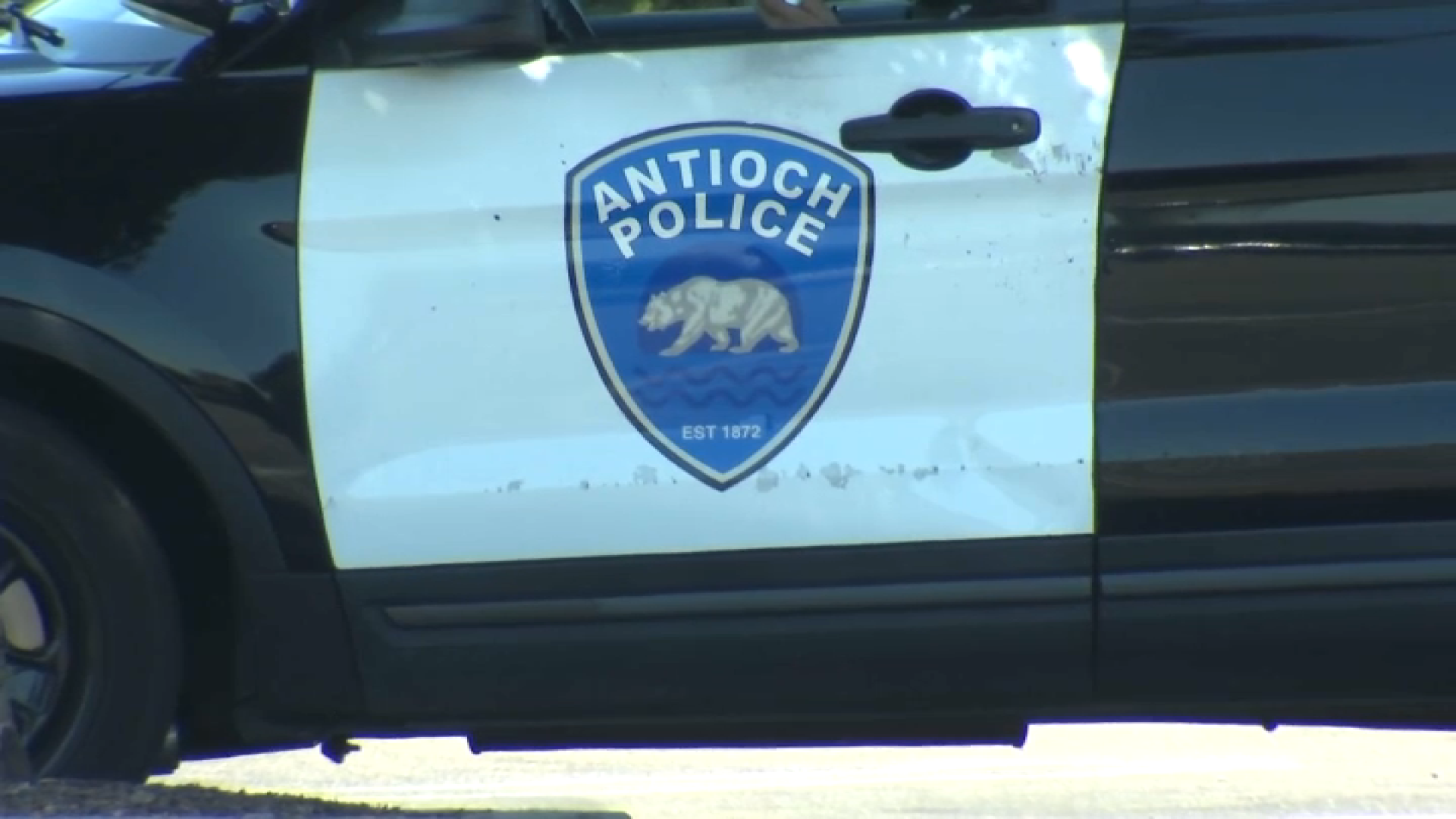Pastor Lee Neish slipped on a red hard hat and a yellow construction vest before entering the battered sanctuary of his Napa First United Methodist Church. Scaffolding stretched to the ceiling, piles of furniture sat beneath layers of dust and a blank corner marked where the pipe organ had stood. Neish peered upward toward the church’s ceiling which surrendered under the violent shaking of the 6.0 magnitude earthquake that pummeled the region on August 24th, 2014 at 3:20 am.
“There was a crack in the ceiling over there,” Neish said pointing upward. “It exposed about 18 inches of sky.”
But the church’s stained glass with its colorful visions of angels dating back to the church’s 1917 opening, miraculously survived the rumble, a fact Neish attributes — to a beer can.
About a decade before the earthquake, someone threw a beer can through one of the brightly covered windows. When the church repaired the window, the congregation decided to fortify each of the windows with plexiglass. Neish credits the preventive work with sparing the windows from the quake’s devastation.
“We really want to thank whoever threw that beer can through the window,” Neish said with a chuckle.
The building sustained $1.9 million in damage but Neish’s said the church was fortunate in that it had earthquake insurance, which some other damaged local churches didn’t. The local Seventh Day Adventist Church offered up free space to Neish’s flock to gather while the church was repaired. But now a year after the quake, Neish is itching to preach his sermons in his own church.
“They are so eager to get back into their church home,” Neish said of his congregation.
The scaffolding that surrounds Napa First United Methodist Church is evidence of the smattering of the repair work still going on around Napa a year after the quake. Although much of downtown Napa rebounded soon after, the town’s historic courthouse still sits behind chain-linked fence — the work to repair its cracked facade yet to begin.
The city’s majestic Post-Office remains closed — despite the pleas of residents to keep it open — the U.S. Postal Service said it would sell the building rather than repair it.
“The interesting thing is if you start talking earthquake to people,” said Craig Smith, executive director of the Napa Downtown Association, “it’s as though it happened last night.”
To that end, Rick Molinari’s view hasn’t changed all that much in the year since the earthquake. His Molinari Cafe in downtown stares out at the cracked courthouse. The quake spared the building that houses Molinari’s cafe, while pummeling 1800s-era buildings on either side. The cafe now sits tucked behind concrete barriers, in between dramatic looking construction sites.
“The message is I’m still open even though it doesn’t look like it,” Molinari said.
Molinari applied for FEMA aid and other financial relief but was turned down because his business was able to function. But difficulty drawing patrons to the jumbled area is chipping away at his finances.
“It’s kind of frustrating,” Molinari said.
A drive around downtown reveals a hodgepodge of damage. A blue Victorian home lay in shambles behind a chain link fence. Another majestic home also sat behind a fence, the only evident damage a boarded-up window.
Despite the appearance that most things have been put back together, local disaster relief experts said there were still hundreds of people in need.
“Case managers have identified 366 individual homes in Napa and Solano County that are still in need of substantial assistance,” said Matt Pope of the South Napa Earthquake Recovery Group. Pope said in many cases, FEMA payments only dented home repairs. Homeowners and some renters have yet to get back on their feet. The group is beginning an effort to tarp damaged homes before the rainy season.
“Somebody might be looking at fifty, sixty thousand in structural damage to their home,” Pope said, “and maybe they got a total of twenty thousand dollars in assistance altogether.”
Near downtown, a stately white Victorian home seemed to hover off the ground. The two story building balanced on a set of beams, looking as though it might float away. Karen Wesson purchased the badly damaged home with the intent of restoring it. The foundation had shifted, and the building, which had been converted to five apartments, was red-tagged. Wesson found an old photo of the home proving it was at least built by 1866.
“I’m going to rescue this house and give it its dignity back,” Wesson said.
The street where Wesson’s house stood was lined in ornate Victorians, many of which suffered damage in the quake. But Wesson said the earthquake inspired a new wave of repairs - as homeowners seized the occasion to perform long put-off projects. She admired a neighbor’s recently restored home and its numerous gingerbread touches.
“If you go up and down the street and you hear the stories of the neighbors,” Wesson said, “people are just spending the money and the time and putting it all back together.”



